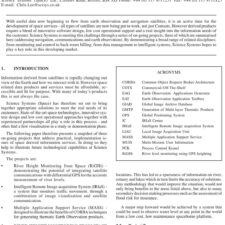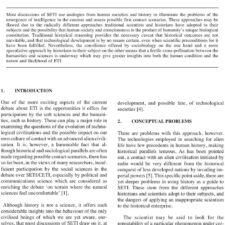Droplet Vaporization and Mixing in Non-Hypergolic Combustion Chambers
£5.00
E-J Cole et al. (2017), JBIS, 70, pp.300-304
Refcode: 2017.70.300
Abstract:
The size of the combustion chamber of a liquid propellant rocket engine is historically characterized by a characteristic length L*. However, this parameter does not give information as to how the combustion efficiency (ηC*) changes with length, nor how this is affected by the injector design and other factors. A model has been produced for a non-hypergolic liquid rocket engine, following the initial vaporization of the atomized propellant droplets and then the gas-gas turbulent mixing downstream. An example case of an engine in which liquid propane is injected into a catalyzed HTP hot gas stream has been examined, and in this case gas-gas mixing is found to be the major mechanism controlling combustion development. The program can be used to examine the effectiveness of different injector patterns and also the spatial distribution of temperature within the combustion chamber.





